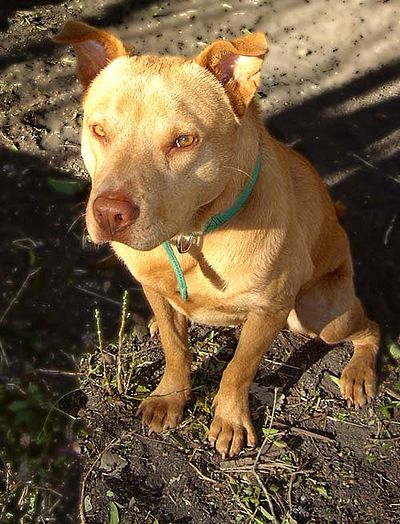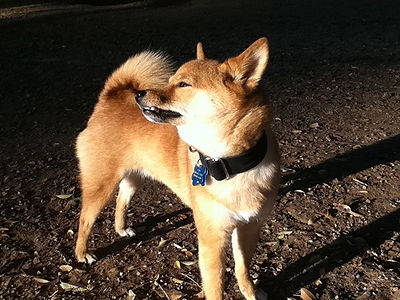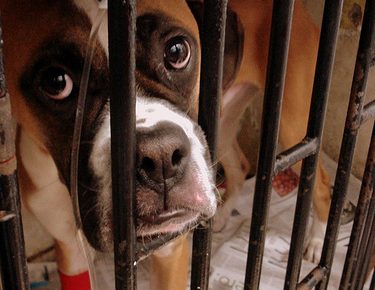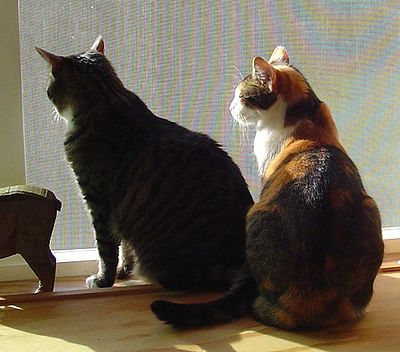
There are times when plastic or cosmetic surgeries are necessary to a pet’s health and well-being. However there is no justification for putting a pet through a procedure that can be dangerous or life-threatening just to make that pet aesthetically pleasing to a person. Here is a list of some plastic surgery procedures.
Tail docking is done when a puppy is 2-10 days old, usually without anesthesia. Puppies undergoing the procedure cry loudly, but advocates insist there is no pain. However this has been proven to be untrue. These same advocates claim that docking the tails of sporting dogs prevents tail injury. However, there are many sporting breeds that don’t have their tails docked and non-sporting breeds whose tails are docked. This makes the argument for docking tails invalid.
Ear Cropping is done to a 8-10 week old puppy. It was originally practiced to prevent fighting dogs from attacking the ears of the opponent. Though general anesthesia is used to perform the surgery, there is post-operative pain. The excuse advocates use for cropping is that it helps prevent ear infection. This has been scientifically disproved.
Both tail docking and ear cropping have been banned in many countries. But the U.S. continues to allow the procedures. There are many vets who will not perform the surgeries considering them inhumane treatment.
Breast Reduction – After pregnancy, dogs and cats that are overbred are often left with sagging folds of skin around the mammary glands, sometimes even touching the ground. This surgery has been performed on rescue dogs making them more attractive for adoption. When the sagging skin poses physical problems for the animal, this is a corrective surgery.
Testicular Implants – Because many people dislike the look of their dog after neutering, the dog remains intact. In 1993, a project called Canine Testicular Implantation developed testicular implants called Neuticles for dogs. The first commercial implantation took place in 1995. Since then, thousands of animals besides dogs – cats, horses, bulls – have undergone the procedure. There are three models and five sizes for cats and dogs. available and approved by the FDA. So far there have been no complications reported with the implants which are made from solid silicone.
My first reaction to Neuticles was unfavorable – how can someone put their pet through such a procedure for looks alone. However, if it encourages people to neuter their pets and help solve animal overpopulation, then I would have to support it.
Declawing cats is a surgical procedure where the front toes are amputated at the first joint. It is a practice used to prevent cats from clawing household items such as curtains and furniture, etc. The cat experiences excruciating pain and is left defenseless. This surgery can also cause physical and behavioral problems. With patience a cat can be trained to use a scratching post as well as other deterrents to save possessions. Please see our articles on Declawing and alternatives.
Debarking is a surgical procedure known also as vocal cordectomy. The surgery requires the removal of laryngeal tissue from the vocal chords which reduces considerably the sounds the dog makes. Barking is a necessary means of communication. Excessive barking can be controlled with training. The United Kingdom has outlawed this procedure.
Gum disease is very common in cats and dogs. Root Canals are now being performed to save their teeth from extraction. Other defects in the mouth, usually congenital and often painful for the animal, are corrected with braces, retainers, tooth extraction and elastics.
Eye problems can be classified as congenital, trauma, inflammatory, immune related and tumors. Most often, treated with surgery and/or medication, the problem is resolved. However, there are times when the eye must be removed. There are now Implants available to replace the lost eye for both cats and dogs.
Face Lifts – Some dogs have natural wrinkles and folds in their skin. Sometimes these wrinkles and folds are very numerous and cause problems like infections. Facial folds can cause eyes problems as well. Corrective surgery decreases the folds and wrinkles and will correct these problems.
Dewclaw Removal – Some dogs are born with dewclaws on both front and back legs, but most have them only on front legs. Dogs live absolutely normal lives with their dewclaws intact. But there are times when removal is necessary. If they are not properly attached, become infected, broken or irritated, nails that may be ingrown, interfere with a dog’s gait, then removal my be recommended. Before letting your dog undergo this post-op painful surgery, try keeping the nails trimmed as short as possible.
Fat Removal and Liposuction for pets is a trend that began in Los Angeles, CA. It is also known as kittyplasty or doggyplasty. There have been accusations that this surgery may cause post-op uncontrollable aggression and pets mutilating themselves, biting stitches and scars sometimes with fatal results. PETA is totally opposed to this surgery and suggests pets commit suicide post-op. A well-known animalplasty surgeon, Dr. Karnell, has stated that the “accusations are ridiculous and demented.” Some celebrities that have put their pets through this procedure include Paris Hilton, Elton John and Mike Tyson. Perhaps their money would be better spent donating to pet rescue organizations.
Personally, I feel that if your pet is overweight, FEED LESS and EXERCISE MORE.
The ASPCA is investigating further to determine if these procedures fall into the category of animal cruelty.
In my opinion, plastic surgery should only be a last resort and only when the health and well-being of a pet is threatened.
The Humane Society opposes any procedure done for cosmetic purposes.
The ASPCA’s position on declawing cats – only if the health and safety of the guardian is at risk as in the case of individuals with compromised immune systems or illnesses that cause them to be unusually susceptible to serious infections.
How do you feel about cosmetic surgery for pets? We’re interested in your opinion.



